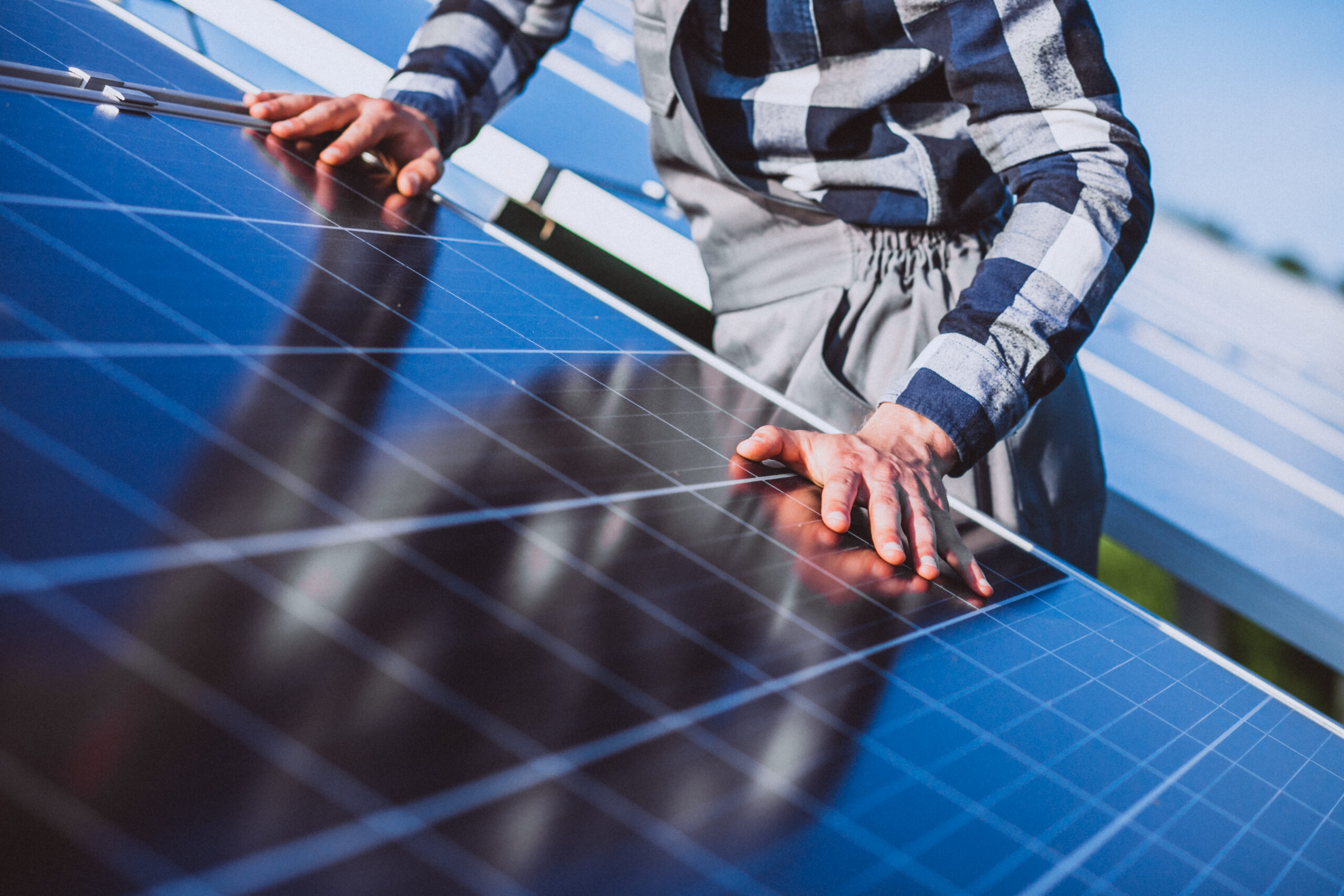In this article, we’re delving deep into the basics of inverters. These ingenious devices are integral to our daily lives, powering our homes and offices by converting DC power to AC. But how does this complex process actually work?
An inverter works by using a DC power source, like a battery or solar panel. This DC power is fed into a circuit with switches that turn the power on and off rapidly, creating a square wave. The AC power produced by the inverter is then fed into your home’s electrical system, where it can be used to power your appliances. The quality of the power, and the types of appliances you can run, depend on the type of inverter you have. The DC power source, like a battery, provides power in only one direction. But AC power, which most appliances use, moves in a wave-like pattern, changing direction and voltage frequently.
Inverters use electronic components called transistors to switch the DC power on and off to simulate this wave-like pattern, creating a rough approximation of AC power. This is a square wave inverter. Modified Sine Wave Inverters take this a step further. They switch the power on and off at specific intervals to create a stepped waveform that more closely resembles a sine wave. This is better for most appliances, but still not perfect.
Pure Sine Wave Inverters use even more sophisticated technology. They use a series of high-speed switches that turn the power on and off very rapidly, creating a wave that very closely matches a true sine wave. This is the best type of power for all appliances, susceptible electronics.
The AC power created by the inverter can then be used to power your appliances. The quality of the power produced by the inverter, and the types of appliances it can run, depend on the complexity of the inverter’s design. The inverter doesn’t just convert DC power to AC power, it also controls the frequency of the output power. This is important because different countries have different standards for the frequency of AC power. In some countries, it’s 60 Hz, while in many other countries, it’s 50 Hz. The inverter also manages the voltage of the AC power, ensuring it matches the requirements of your appliances.
How to calculate the inverter capacity you need
Add up the power needs (in watts) of the appliances you’ll use simultaneously. That’s your needed inverter capacity.
- List all the devices you want to run from the inverter. Include everything – from small gadgets to large appliances.
- Find the power consumption of each device in watts. This is usually printed on the device itself or in its manual. If only the current (in amps) is given, multiply it by the voltage (usually 120V or 240V) to get the power in watts.
- Consider the surge power. Some devices, like refrigerators or AC units, need extra power to start up. This is called a surge or peak power, and it can be 2-3 times the normal power. Your inverter needs to handle this.
- Add up the power needs. Add the standard power of all devices, plus the extra surge power for devices that need it. This gives you the total power you need.
- Add a safety margin. It’s a good idea to add a 20–25% safety margin to your total. This gives you some room for error and allows for future expansion.
The result is the minimum capacity your inverter should have. Remember, it’s always better to have an inverter that’s a bit too big, than one that’s too small.
In conclusion, inverters are genuinely remarkable. For top-notch pure sine wave inverters in Nigeria, reach us at 09067522620 or visit our website.




